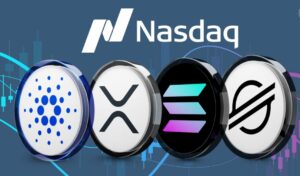
Bitcoin has long dominated the market as the leading digital asset. However, alongside Bitcoin, a growing number of alternative cryptocurrencies, or altcoins, have emerged, challenging the status quo and offering unique features that appeal to investors, traders, and innovators. As we move into 2025, altcoins continue to gain prominence, each presenting new opportunities for those looking to diversify their portfolios and capitalize on emerging trends in the crypto space.
This article will explore what altcoin is, why it matters, and highlight the top 10 game-changing altcoins to watch out for in 2025. Whether you’re a seasoned cryptocurrency investor or a newcomer to the world of digital assets, understanding the key trends and developments surrounding altcoins is crucial to making informed decisions.
What is Altcoin?
The term altcoin refers to any cryptocurrency other than Bitcoin. Derived from the words “alternative” and “coin,” altcoins are digital currencies created to improve upon the limitations of Bitcoin or to offer new functionalities within the blockchain ecosystem. Since Bitcoin’s inception in 2009, they have been developed with diverse goals, including enhancing transaction speeds, privacy features, and use cases for decentralized applications (dApps).
In its simplest form, an altcoin is any cryptocurrency that isn’t Bitcoin, but the term encompasses a broad range of digital assets that serve different purposes. Some altcoins are designed as payment methods like Bitcoin, while others focus on specific functionalities such as enabling smart contracts (Ethereum), privacy (Monero), or stablecoin capabilities (Tether). As of 2025, there are thousands of altcoins available on various cryptocurrency exchanges, each with unique value propositions, and many of them are seeing increased adoption in both retail and institutional markets.
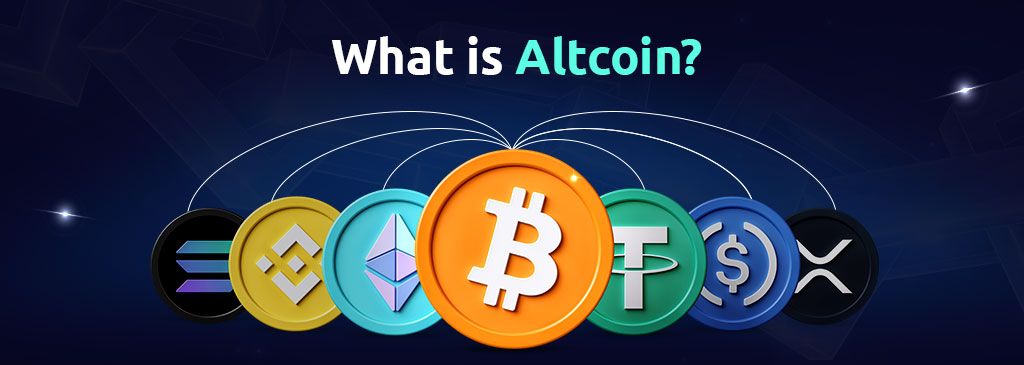
The Rise of Altcoins: Why They’re Gaining Popularity
In recent years, altcoins have become more than just alternatives to Bitcoin—they are an essential part of the cryptocurrency landscape. The reasons for this growth can be attributed to several factors:
- Innovation and Technology: They often build upon the technological foundations laid by Bitcoin, offering faster transaction speeds, scalability, or enhanced security features. Projects like Ethereum, Cardano, and Polkadot have become platforms for building decentralized applications (dApps), driving the development of the decentralized finance (DeFi) sector.
- Diversification: Bitcoin, while widely accepted and recognized, can be volatile. Many investors turn to altcoins as a means of diversification to reduce risk and potentially increase their returns. For example, some investors may choose to allocate part of their portfolio to altcoins that focus on specific industries, such as gaming or privacy.
- Use Cases Beyond Payments: While Bitcoin is primarily used as a store of value or medium of exchange, many altcoins are designed to serve unique use cases. For instance, Chainlink provides decentralized oracles that enable smart contracts to interact with real-world data, while VeChain focuses on supply chain management using blockchain.
- Community and Developer Engagement: The growing interest in altcoins is also driven by active communities and passionate developers who believe in the potential of their projects. These communities actively promote their projects and contribute to their development, helping drive adoption and innovation.
What Makes Altcoins Different from Bitcoin?
While Bitcoin remains the most well-known and widely adopted cryptocurrency, altcoins offer unique features that set them apart. Here are some key differences between Bitcoin and many altcoins:
- Transaction Speed and Scalability: Bitcoin’s transaction speed can sometimes be slow, especially during periods of high demand. Many altcoins, like Litecoin and Ripple (XRP), have been designed to process transactions faster and with lower fees, making them more suitable for everyday use as a medium of exchange.
- Smart Contract Functionality: Unlike Bitcoin, which is primarily focused on being a store of value and a decentralized currency, altcoins like Ethereum and Cardano enable smart contracts—self-executing contracts with the terms of the agreement directly written into code. These smart contracts allow developers to build decentralized applications (dApps), which has opened up an entirely new ecosystem within the crypto space.
- Privacy and Anonymity: Privacy-focused altcoins, such as Monero and Zcash, emphasize enhanced privacy features, making transactions more anonymous compared to Bitcoin, where transactions are recorded on a public ledger. These altcoins appeal to users who prioritize privacy in their financial activities.
- Stablecoins: Unlike volatile cryptocurrencies, stablecoins like Tether (USDT) and USD Coin (USDC) are pegged to a fiat currency, typically the U.S. dollar, and maintain a stable value. They provide a way for traders and investors to reduce risk in the volatile crypto market.
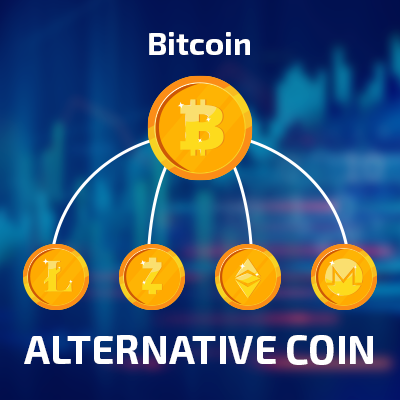
Top 10 Game-Changing Altcoins to Watch Out for in 2025
As we move further into 2025, here are the top 10 game-changing altcoins that are expected to make a significant impact in the crypto world:
Ethereum (ETH)
Ethereum is the second-largest cryptocurrency by market capitalization, and it continues to lead in the realm of smart contracts and decentralized applications (dApps). With Ethereum 2.0 set to fully roll out in 2025, the network will transition to a proof-of-stake (PoS) consensus mechanism, offering enhanced scalability, security, and energy efficiency. The rise of decentralized finance (DeFi) and NFTs has been built largely on Ethereum’s platform, cementing its position as a cornerstone of the blockchain ecosystem.
Solana (SOL)
Solana has gained immense popularity due to its high throughput and fast transaction speeds. Often referred to as an “Ethereum killer,” Solana aims to solve scalability issues by processing thousands of transactions per second. Its growing ecosystem of DeFi protocols and NFTs has made it one of the most promising altcoins heading into 2025.
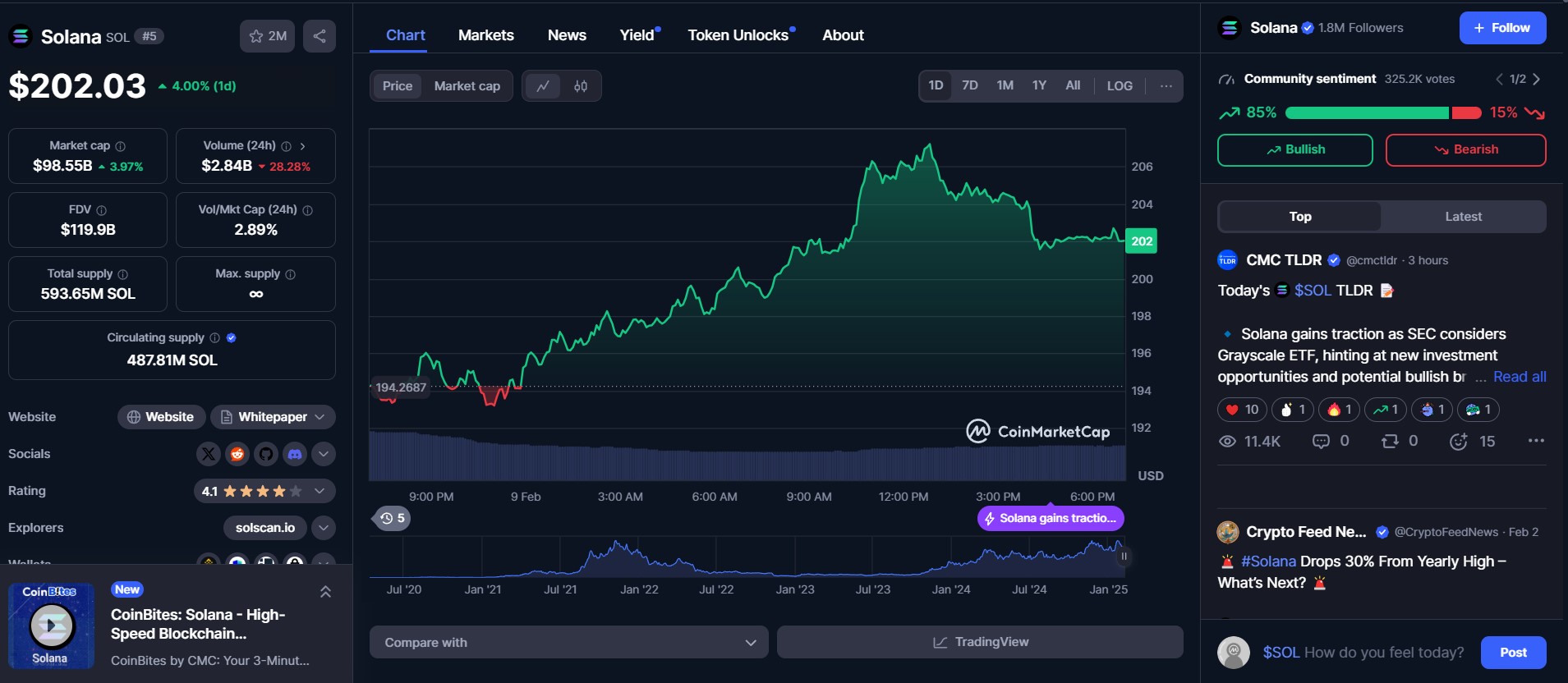
Cardano (ADA)
Cardano is another altcoin that focuses on scalability and sustainability. Its unique approach to blockchain development, using a proof-of-stake consensus mechanism called Ouroboros, sets it apart from Ethereum’s traditional approach. Cardano has seen significant progress in developing smart contract capabilities and aims to provide a more eco-friendly and scalable solution for decentralized applications.
Polkadot (DOT)
Polkadot offers a unique multi-chain interoperability framework, allowing different blockchains to communicate with each other. This ability to create a multi-chain ecosystem is expected to be crucial for the future of blockchain technology. As interoperability becomes more essential in the blockchain space, Polkadot is positioned to play a key role in the evolution of the decentralized web.
Chainlink (LINK)
Chainlink has revolutionized the smart contract space by providing decentralized oracles that connect smart contracts to real-world data. This technology enables blockchain applications to interact with external data, such as price feeds and weather reports, without relying on centralized data sources. As more industries adopt smart contracts, Chainlink’s role in enabling real-world data access will become increasingly important.
Polygon (MATIC)
Polygon, formerly known as Matic Network, focuses on scalability solutions for Ethereum, offering a layer 2 scaling solution that improves transaction speeds and reduces fees. With Ethereum’s network congestion problems, Polygon provides a vital solution for developers looking to build on Ethereum without facing scalability issues. Polygon’s ecosystem continues to expand, with numerous DeFi projects migrating to its platform.
VeChain (VET)
VeChain uses blockchain technology to streamline supply chain management, making it one of the most important altcoins in industries like logistics and manufacturing. By improving transparency, efficiency, and tracking in supply chains, VeChain has attracted numerous partnerships with major companies in various sectors. As blockchain adoption in enterprise solutions grows, VeChain’s relevance will continue to increase.
Monero (XMR)
Monero is a privacy-centric cryptocurrency that emphasizes confidential transactions. Unlike Bitcoin, where transaction information is public, Monero uses advanced cryptographic techniques to hide the transaction details, ensuring complete privacy for its users. As privacy concerns continue to grow, Monero’s adoption is expected to rise, making it a top altcoin to watch in 2025.
Terra (LUNA)
Terra is a blockchain platform that focuses on stablecoins and decentralized finance applications. It is known for its native stablecoin, TerraUSD (UST), which is pegged to the U.S. dollar. Terra has built a large ecosystem of DeFi applications, and its platform continues to gain traction as more users seek stable, decentralized financial systems.
Avalanche (AVAX)
Avalanche is a highly scalable blockchain platform designed for decentralized applications and enterprise solutions. It boasts faster transaction speeds and lower fees than Ethereum, making it an attractive alternative for developers. With its growing ecosystem and focus on improving blockchain scalability, Avalanche is positioned for continued growth in 2025.
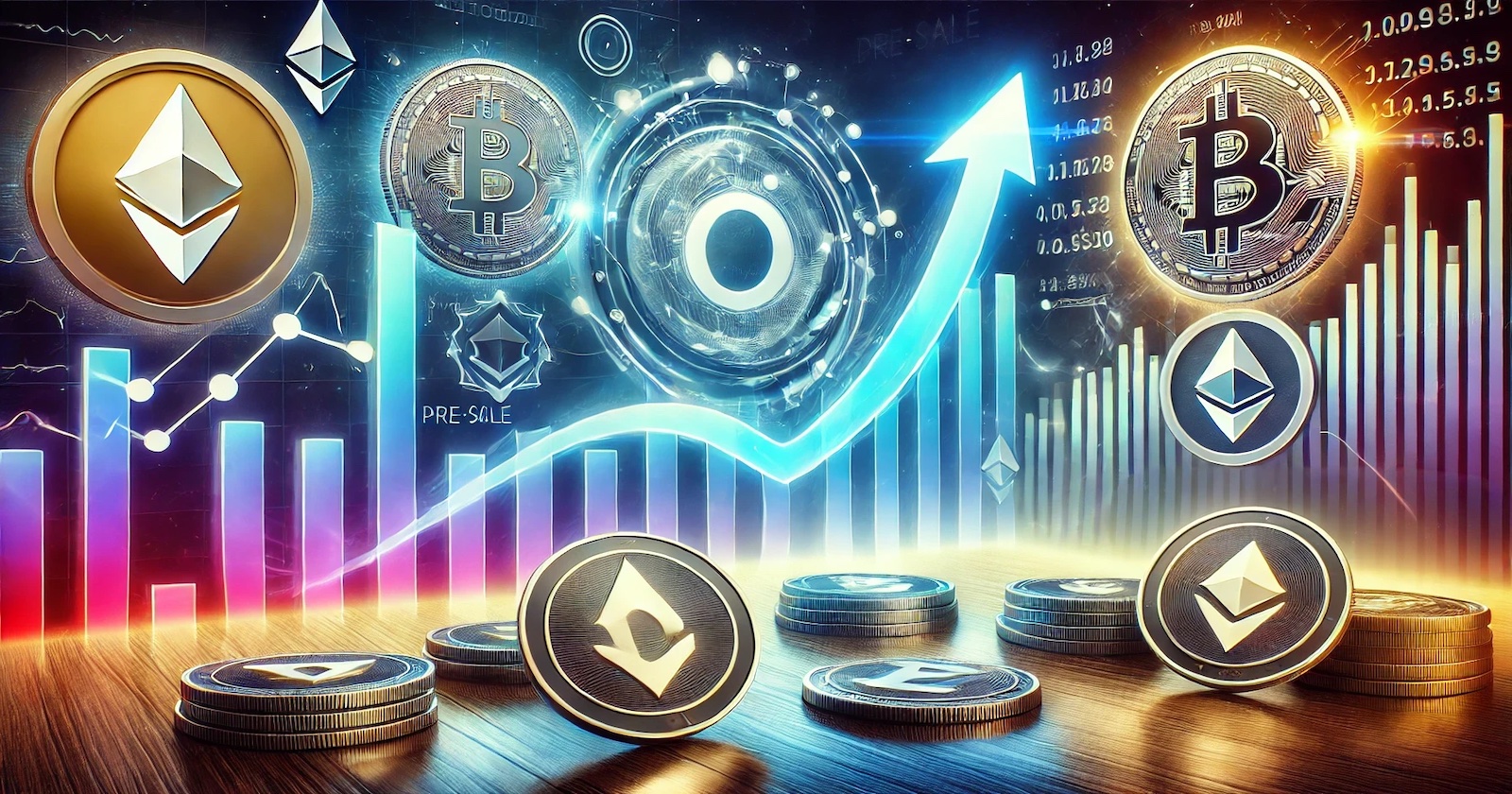
Altcoins and the Future of Cryptocurrency
In conclusion, altcoins are no longer just Bitcoin alternatives—they are essential to the future of the cryptocurrency market. As blockchain technology continues to evolve, altcoins are playing a crucial role in driving innovation, enhancing functionality, and enabling decentralized applications that challenge traditional systems. With the top 10 altcoins outlined above, investors and traders have a variety of options to explore as they navigate the exciting world of digital assets.
As always, it’s important to approach trading with caution and a clear strategy. Platforms like Bitget offer robust tools for trading a wide range of cryptocurrencies, including many of the top altcoins mentioned above. Whether you’re looking to dive into the world of DeFi, explore NFTs, or simply diversify your investment portfolio, Bitget provides the necessary tools to stay ahead of the curve in the evolving crypto space.



